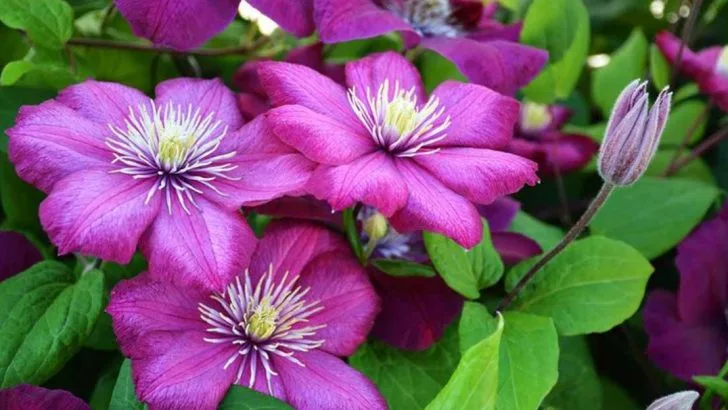Not all plants appreciate being uprooted. Some have delicate root systems, sensitive growing conditions, or simply don’t recover well after being moved. Attempting to transplant these stubborn species can lead to stunted growth, wilting, or even plant death—frustrating results for even the most seasoned gardeners.
In this article, we’ll highlight 9 plants that are notoriously difficult to transplant, explaining why they resist relocation and what happens when you try. But don’t worry—we’ve also included 9 resilient alternatives that adapt beautifully to new environments, making them ideal for your next garden refresh.
Whether you’re expanding your garden, moving to a new space, or simply want to rearrange your plants, knowing which ones to avoid—and which to embrace—will save you time, stress, and heartache. Choose transplant-friendly plants for better success and a healthier, happier garden.
Peony
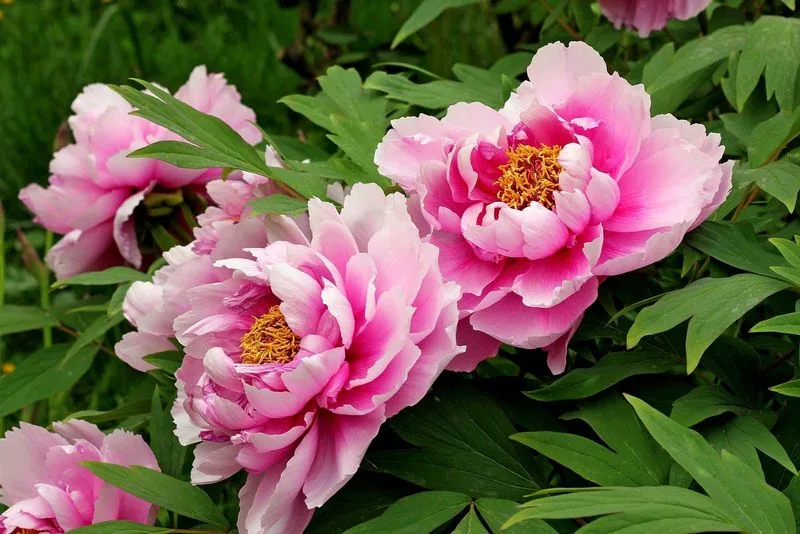
Peonies, with their extravagant blooms, are often the highlight of a garden. However, moving them is like asking a diva to change her dressing room. Their roots form intricate, deep networks that resent disturbance. Peonies prefer to stay put, flourishing best when left undisturbed for years.
The roots are tuberous, thick, and intertwined, which is why they take transplantation as a personal affront. If you must move them, do so in the fall, and be prepared for a couple of years without blooms as they settle into their new abode.
Rhododendron
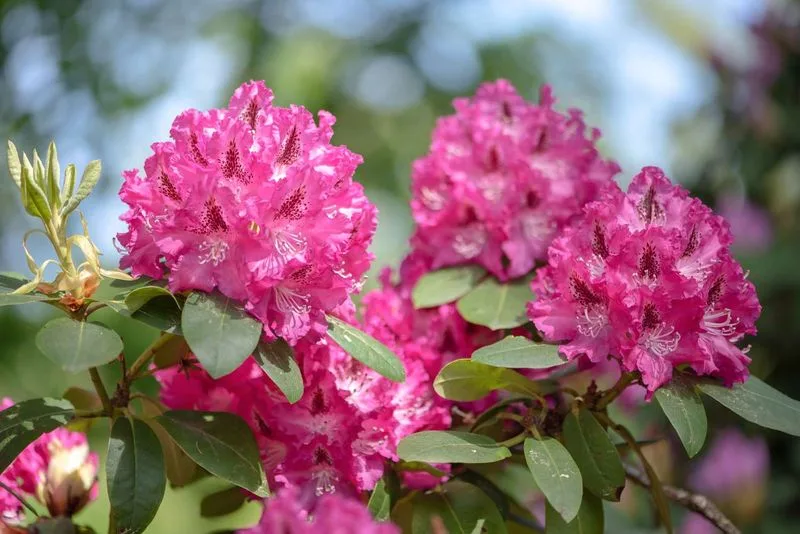
Rhododendrons are like the aristocrats of the garden world, preferring their own company and the soil they’ve known forever. Their fine, fibrous roots spread widely, making them particularly sensitive to being uprooted.
In addition, they demand acidic, well-drained soil, and any change can be quite a shock. Moving them can lead to sulking and a heartbreaking lack of flowers. For those determined to try, do so in early spring or fall, ensuring the root ball is kept intact to minimize stress.
Clematis
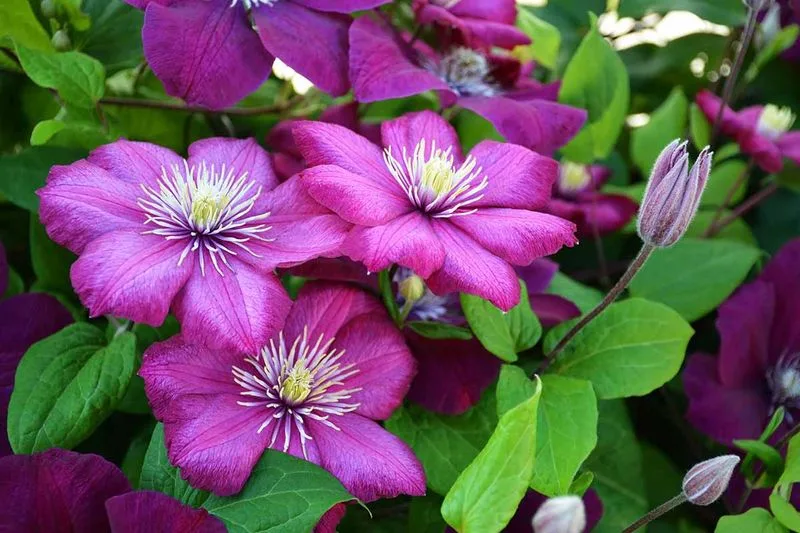
Clematis vines are the prima donnas of the trellis, and they detest being uprooted. Their roots delve deep and wide, anchoring them firmly in their chosen spot. Transplanting can interrupt their growing cycle, causing a setback in their stunning flowering display.
They thrive on stability and a consistent environment to perform their best. If you must move them, do so with care, keeping as much of the root system intact as possible, and expect a readjustment period.
Japanese Maple
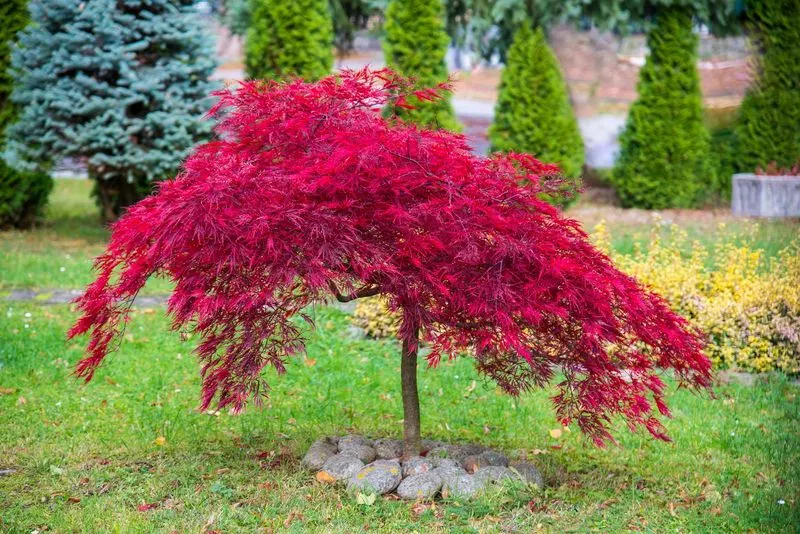
Japanese Maples are the zen masters of the garden, preferring tranquility and stability over change. Their delicate, fibrous root systems are easily damaged, making transplantation a risky game. When moved, they can suffer from transplant shock, often resulting in leaf scorch or stunted growth.
To minimize stress, autumn is the best time for transplantation, keeping the root ball as undisturbed as possible. A well-chosen spot with the right soil conditions can help them regain their former beauty over time.
Wisteria
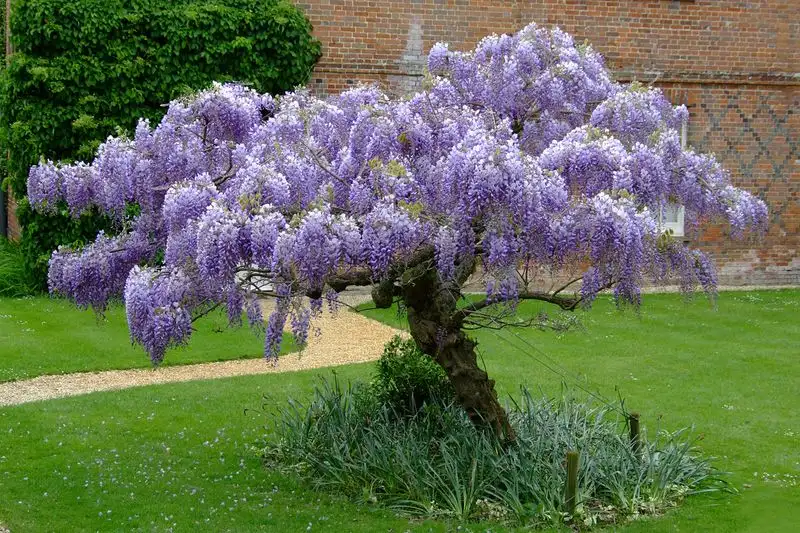
Wisterias are like the untamed artists of the plant world, sprawling and twisting with abandon. Moving them is akin to untangling a masterpiece in progress. Their extensive root systems anchor them to their spot, making transplantation a complex challenge.
When uprooted, they may pout and withhold their fragrant blooms for seasons. If moving is essential, winter dormancy presents the best opportunity, ensuring the roots are carefully excavated and preserved.
Magnolia

Magnolias stand as the stately guardians of southern gardens, known for their grandeur and resilience. Yet, uprooting them can lead to a genuine identity crisis. Their roots are expansive, wide-spreading, and deeply embedded, making relocation a daunting task.
If moving is unavoidable, it should be meticulously planned, preferably in cooler months. Emphasizing root preservation can alleviate some of the transplant shock, enabling this majestic tree to eventually reclaim its majestic stature.
Fiddle Leaf Fig
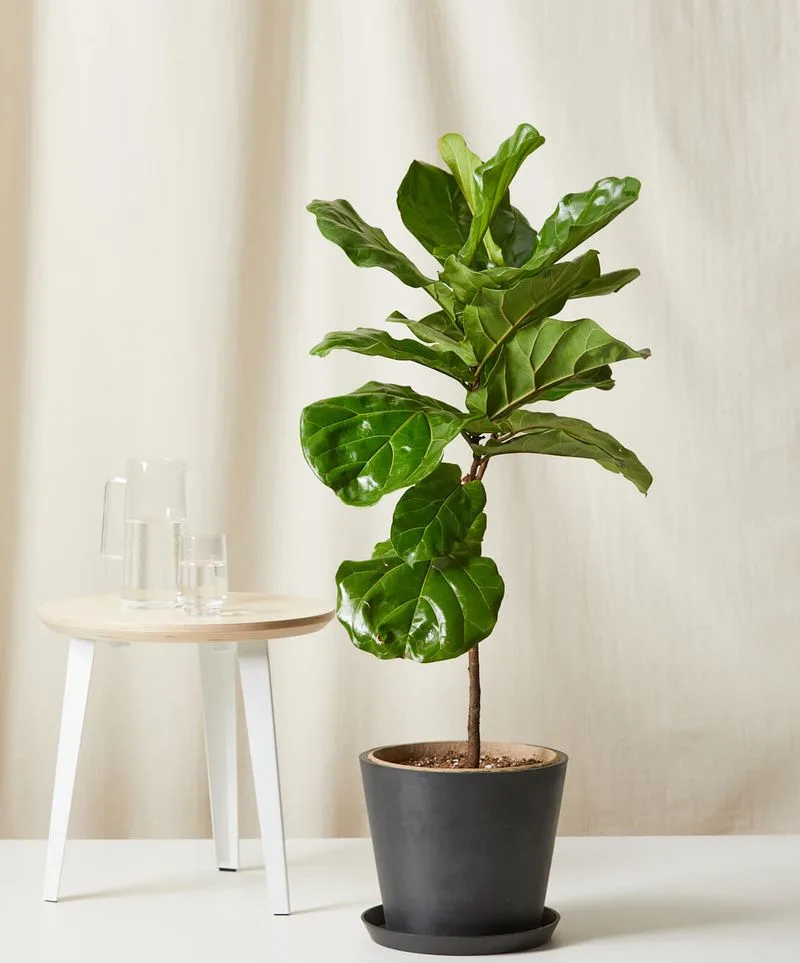
Fiddle Leaf Figs have become the darlings of interior design, with their broad, violin-shaped leaves. However, they are quite the homebodies. Moving them can disrupt their sense of place and lead to leaf drop and general unhappiness.
Their roots prefer a snug but stable environment, and sudden changes can lead to stress. When moving them, ensure the root ball remains intact and transition them gradually to new surroundings to keep their spirits high.
Bleeding Heart

Bleeding Hearts are the romantics of the garden, with flowers that resemble droplets of love. Their roots, however, form a tangled web that dislikes disturbance. Uprooting them can lead to a loss of flowering charm and a struggle to adapt to new soil.
Transplanting in early spring or fall with careful handling can help, but these plants thrive best when left to flourish undisturbed in their chosen spot.
Azalea
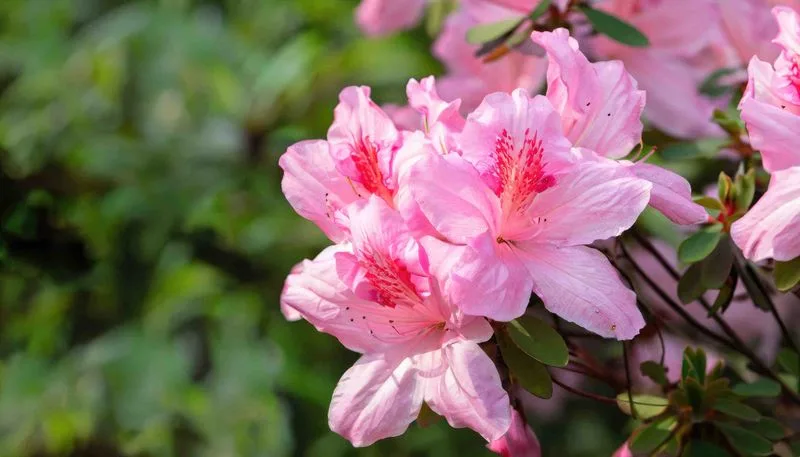
Azaleas bring a burst of color to the spring garden, but they have a rather strong attachment to their home soil. Their shallow, fibrous roots are sensitive to disturbance, making transplantation a delicate operation.
Moving them can lead to blossom drop and a period of adjustment as they acclimate to new conditions. For those willing to try, early spring or late fall offers the best chance of success, keeping the root system as undisturbed as possible.
Hosta
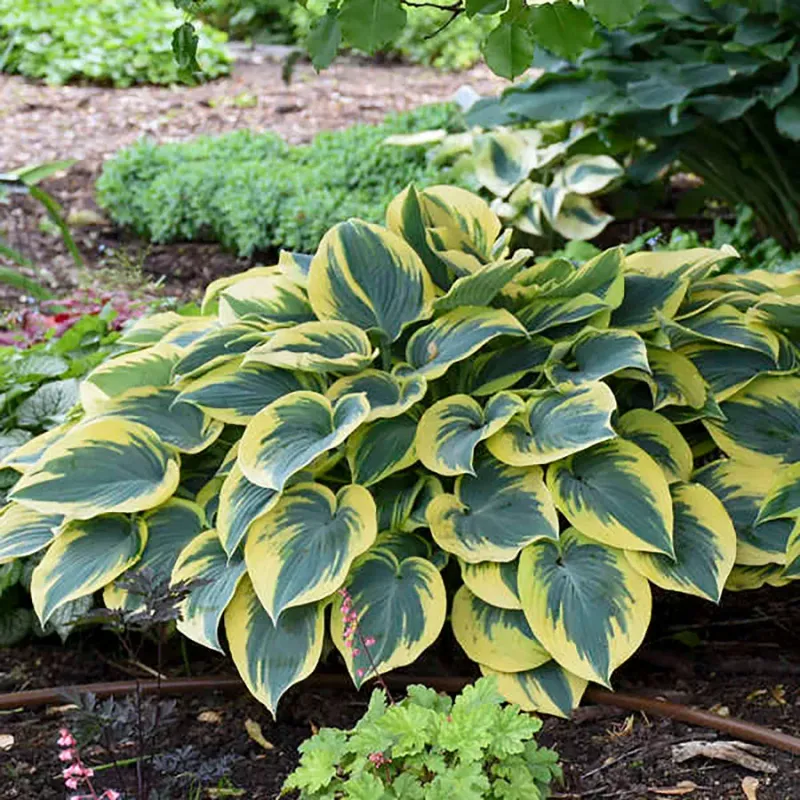
Hostas are the versatile workhorses of the garden, known for their ability to thrive in shade and add texture with their lush foliage. Transplantation is generally a breeze with these plants, making them an excellent choice for those looking to rearrange their garden layout.
Their roots are robust yet forgiving, allowing them to settle into new soil with ease. Dividing and moving hostas in spring or fall can even rejuvenate them, promoting fuller growth and more vibrant leaves.
Sedum
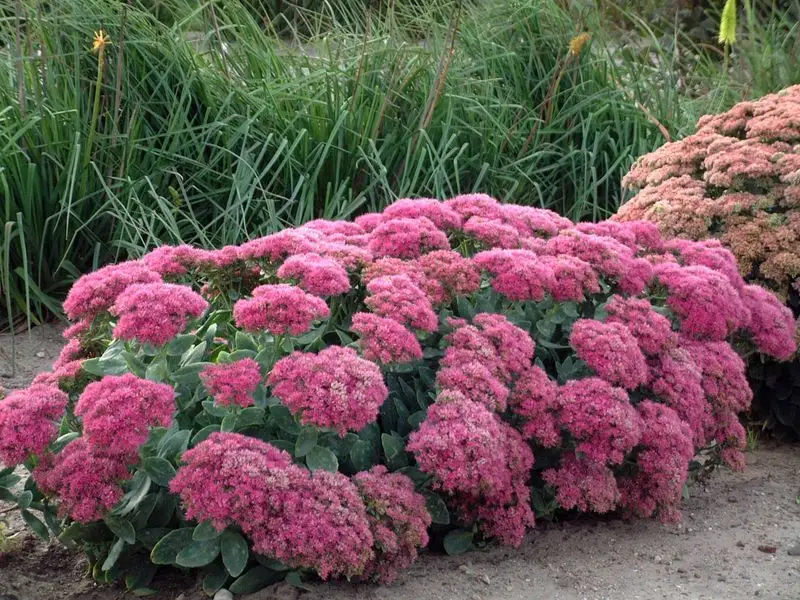
Sedums are the resilient champions of the plant kingdom, thriving where others falter. Their succulent nature and drought tolerance make them ideal candidates for transplantation. Whether in rock gardens or as ground cover, they adapt swiftly to new surroundings.
They can be easily divided and moved without fuss, making them perfect for gardeners eager to fill bare spots with minimal effort. Sedums’ ability to store water in their leaves ensures they thrive even in challenging conditions.
Daylily
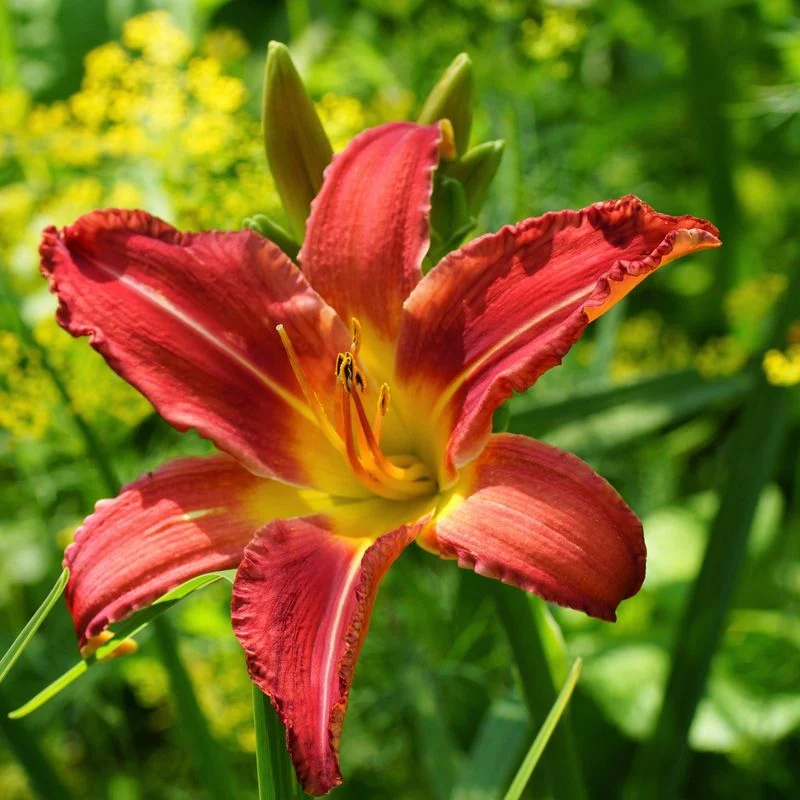
Daylilies are the cheerful extroverts of the garden, eager to settle into new homes. Their hardy nature and adaptability make them a favorite for transplanting. With roots that are forgiving and resilient, they quickly acclimate, bringing bursts of color to fresh locations.
Best moved in early spring or late summer, daylilies are low-maintenance transplants that reward with blooms aplenty. Their ability to thrive in various conditions makes them a staple for gardeners seeking reliable beauty.
Shasta Daisy
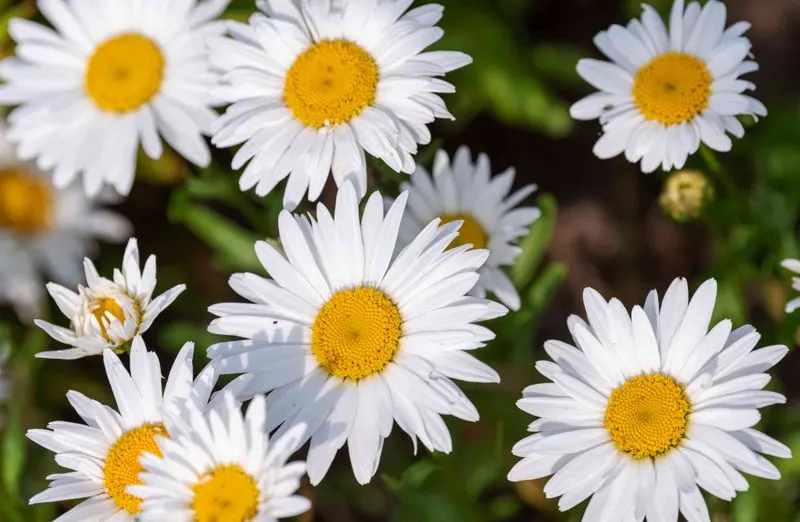
Shasta Daisies exude a timeless charm, and their accommodating nature makes them wonderful transplants. Known for their bright, daisy-like blooms, they adapt easily to new settings, making them perfect for breathing new life into garden spaces.
Their roots are straightforward to handle, and they can be divided and moved with minimal fuss. Doing so in early spring ensures a stunning display come summer, as they settle quickly and bloom abundantly.
Coral Bells

Coral Bells are the artists of the garden border, with foliage that paints a palette of purples and greens. Their roots are uncomplicated, allowing for easy transplantation. They thrive in shaded areas and adapt well to new spots.
Coral Bells can be moved in spring or fall, encouraging robust growth and vibrant foliage. Their ability to enhance garden corners with ease makes them a delightful choice for adding depth and color.
Lavender
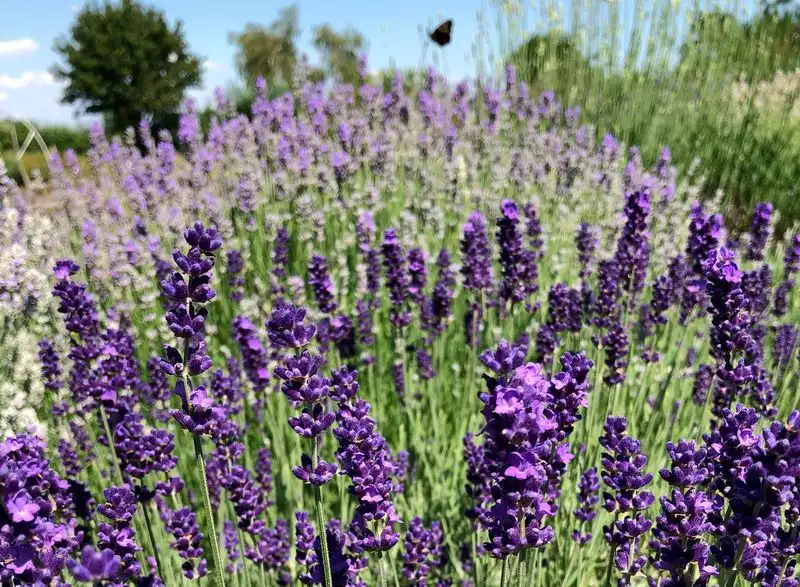
Lavender is the fragrant favorite of many, known for its soothing scent and silvery foliage. Surprisingly, these Mediterranean natives are quite forgiving when it comes to transplantation. Their woody roots adapt well if moved with care.
Best transplanted in spring, lavender offers both beauty and aroma as it settles into its new environment. As it grows, it fills the garden with fragrance, effortlessly transforming spaces into serene retreats.
Greek Oregano
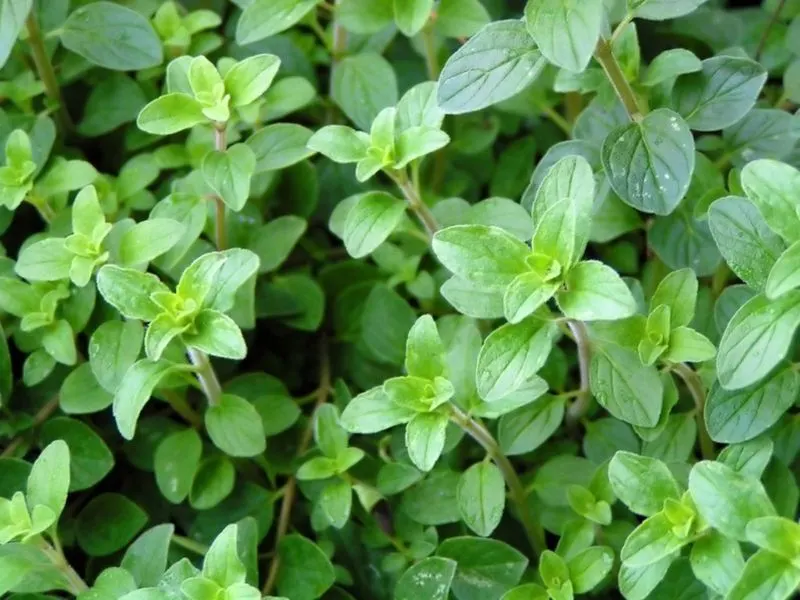
Greek Oregano brings a taste of the Mediterranean to any garden, with its aromatic leaves adding flavor to dishes. It’s surprisingly unfussy, making transplantation straightforward. Whether in containers or garden plots, it adjusts well to new settings.
Spring is the best time to move oregano, allowing it to establish itself before summer’s warmth. Its ability to thrive in less-than-ideal soil makes it an excellent choice for culinary gardeners.
Black-eyed Susan
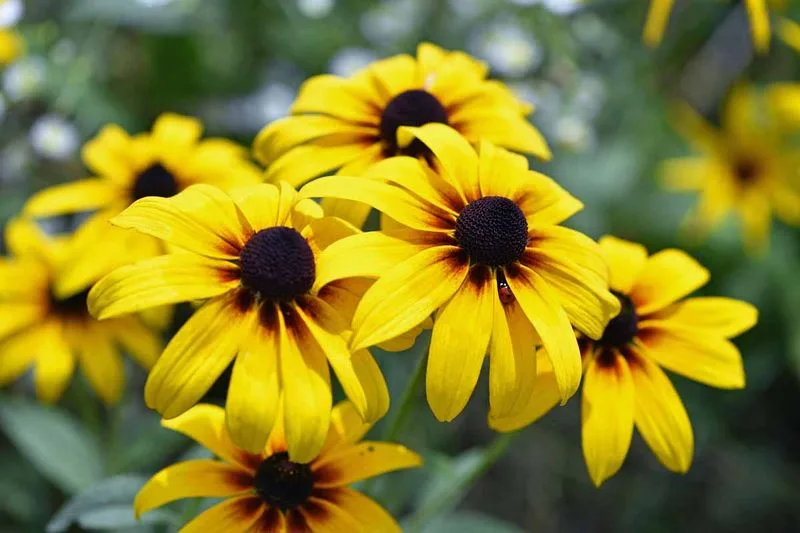
Black-eyed Susans are the golden wonders of late summer, known for their resilience and sunny disposition. These hardy plants are excellent for transplantation, quickly adjusting to new homes.
Their fibrous roots are easy to handle, and moving them in spring ensures a dazzling display of blooms as they settle in. Whether along fences or in meadow-like gardens, they bring cheer and color with minimal effort.
Yarrow

Yarrow stands as a stalwart of wildflower gardens, with flat-topped blooms that attract pollinators. Its hardy nature and adaptability make it an ideal candidate for transplantation.
Whether moved to enhance a meadow or provide structure to a border, yarrow settles rapidly and thrives. Its drought tolerance and ability to grow in varied soils mean it brings beauty and ecological benefits wherever it’s planted.

